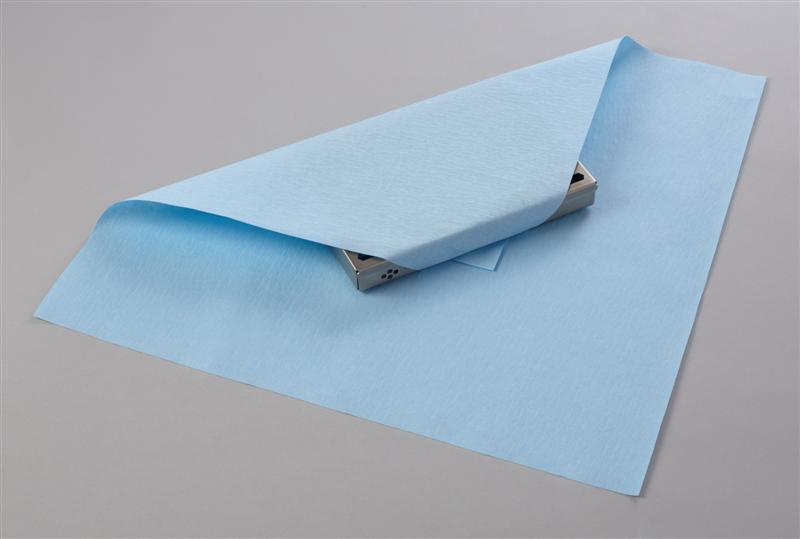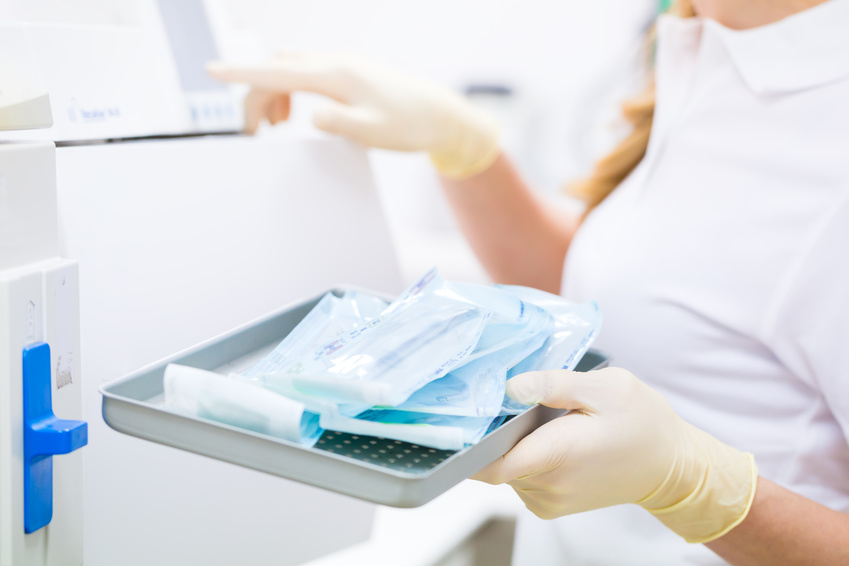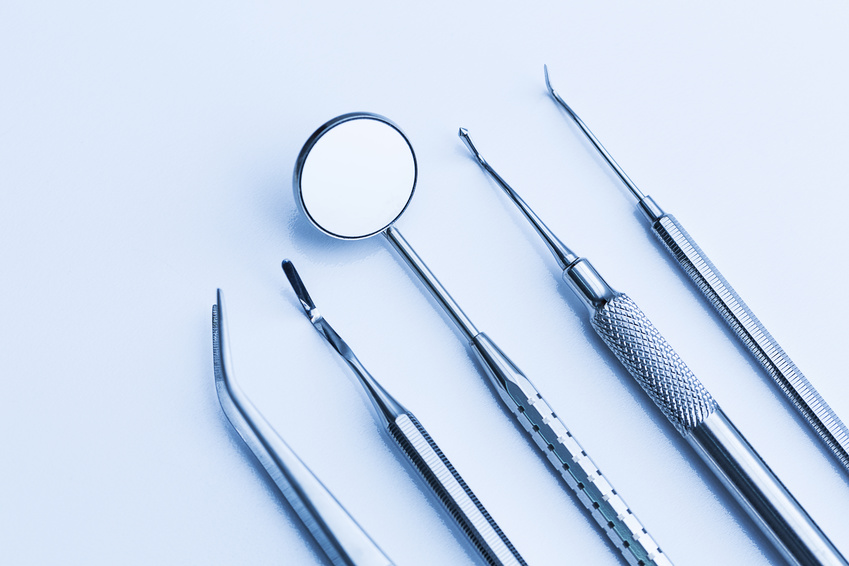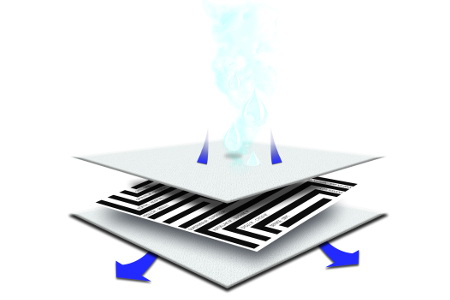
“Critical” surgical instruments (i.e., instruments which penetrate sterile tissue), must be packed into a sterilization pouch prior to autoclave. A long-term contact with air would turn them into non sterile items. They must then remain wrapped until use.
The sterilization pouches must be sealed prior to processing and contain either instruments, cassettes or trays. This can be done by using a heat sealing machine, applying autoclave tape, or by using bags which are self-sealing.
It is recommended to double wrap surgical instruments. One pack will be open when preparing all the items for surgery. The other one will be open when displaying instruments on the bridge table.
Identification colour-coded tapes on instruments must not be used as they can prevent the penetration of steam under the tape, may harbour micro-organisms in their adhesive layer and may detach from the instrument during surgery, compromising patient safety. Further, silicone rubber rings used to identify instruments may impede sterilization and if used, micro-organisms may be present under the rubber ring after sterilization, thus compromising the sterility of the instrument. Therefore, etching of instruments as a method of identification is preferred for critical instruments.
The steam sterilizer can only work efficiently if steam circulate freely and touch every surface of every instrument. The sealed instruments will finally be placed into the autoclave with the paper side downwards. Beware: do not overload the autoclave or pile up pouches so the sterilisation is fully effective.




